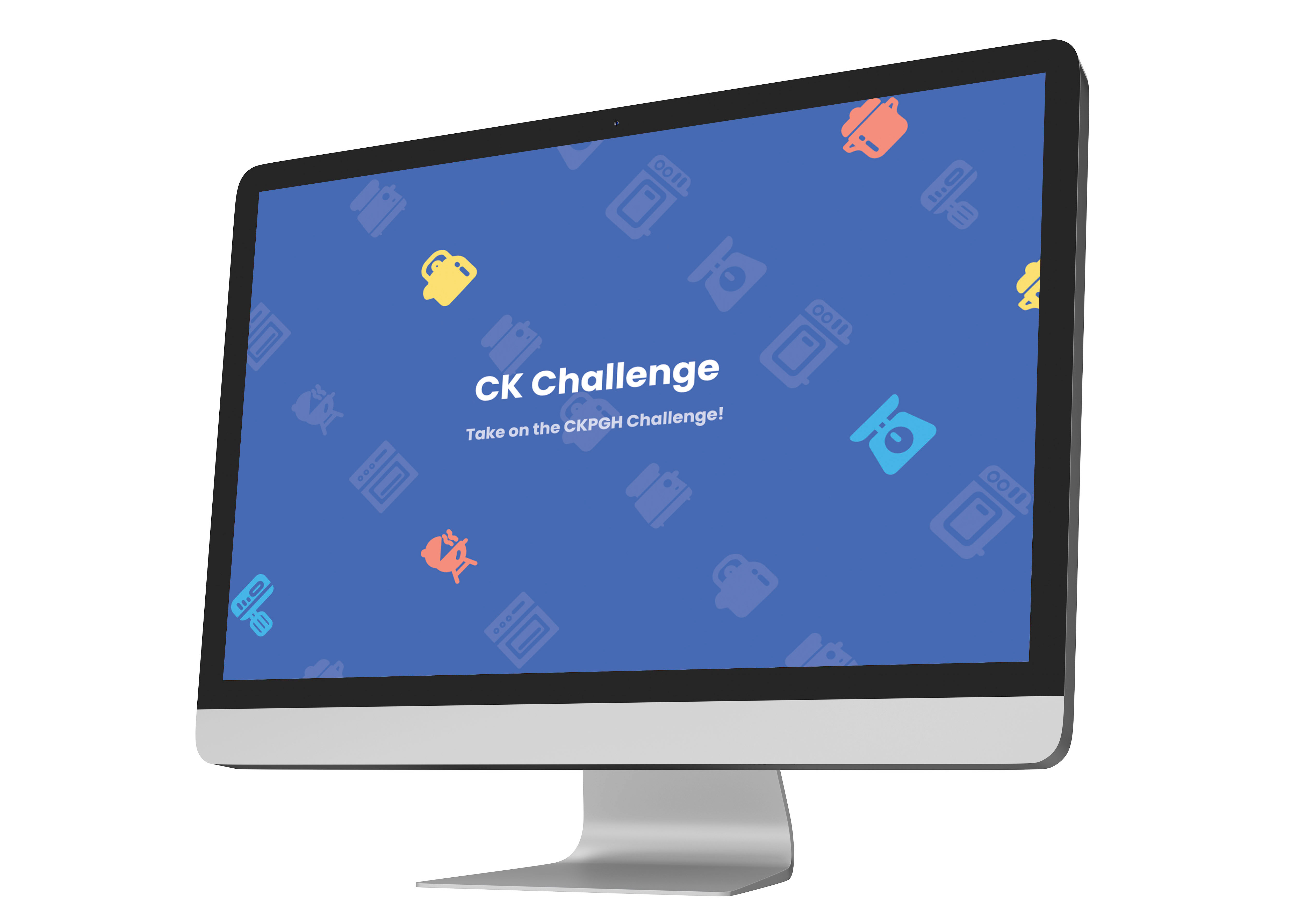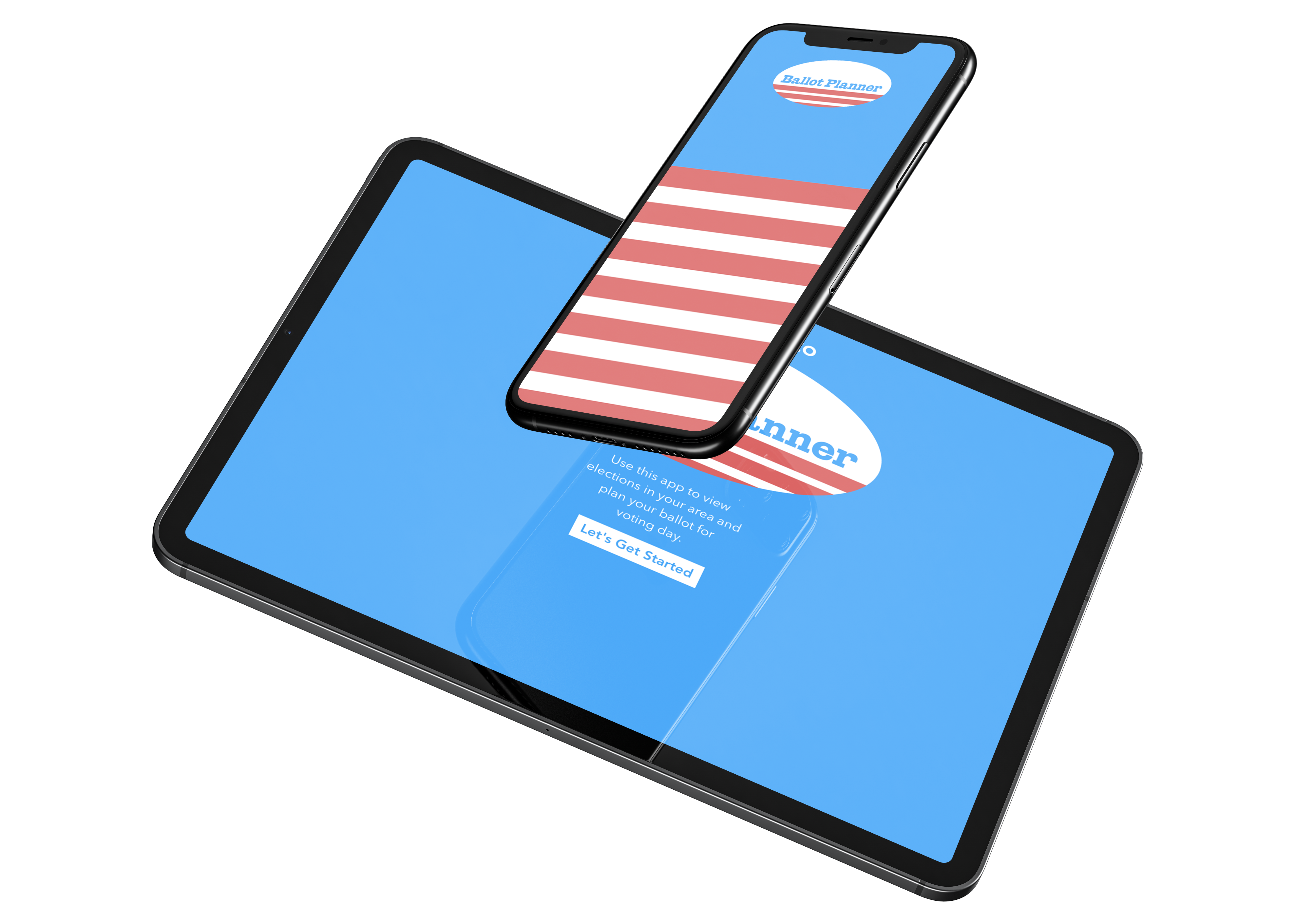All Information Systems majors complete a Software Consulting project; every student is put into groups of 3 and assigned a client in the Pittsburgh area.
We were tasked with working with Association of American Cancer Institutes, or AACI to help realize their Presidential Initiative, a cancer resource library. We needed to design and deploy the entire system in the span of a semester, a challenging but exciting task!
Research
Domain
Since we were starting from a point of no data it was clear we needed to do extensive research on the subject of library software and cancer resources as a whole.
About AACI
AACI is an organization that ties 98 cancer research centers in the US and Canada. The institution
-promotes widespread recognition of the cancer center network,
-facilitates interaction among the centers, educates policymakers, and
-fosters the development of partnerships between cancer centers and other cancer orgs.
The presidential initiative calls for a "resource library" to better inform the public on cancer issues. We conducted domain research through client partner interviews and AACI media to gather the current state of the organization.
"The goal is that members who access the tools will walk away with solid public policy proposals, talking points, and educational materials that stimulate real change."
AACI Presidential Initiative
We compiled several pain points of the organization
1. Internal Communication on Cancer Legislation:
There is no easily digestible, or centralized way of accessing and sharing information related to cancer legislation. This information is primarily shared through monthly phone calls and at in-person meetings.
2. Communicating with the Public About Cancer:
There is a lot of misinformation about cancer topics floating around, and AACI does not have a resource that correctly and succinctly informs people on topics such as HPV vaccination, oral chemotherapy, and tobacco use.
3. Lack of technical knowledge in AACI:
AACI has no employed any formal IT or software engineers on its team, only "accidental techies" who learn on the job. This makes implementing and maintaining this Presidential Initiative a challenge in terms of sustainability.
Dr. Roy Jensen, President of AACI as of 2019
User Stories
It was important to scope what would be implemented in our final solution, So we prioritized what to design using user stories separated by “MVP”, “Nice to Have”, and “Gold Plating.”
Some examples for our MVP user stories are:
A: general user
Needs to be able to: to browse, search, and filter resources by state
So that they can: keep track of different legislation passed in each U.S. state
A: AACI staff administrator
Needs to be able to: create a new cancer topic or subtopic
So that they can:make sure the resource library is up to date
A: physician browsing the library on a quick break
Needs to be able to: navigate the content on my mobile phone
So that they can: easily view the content while on the go
These users stories helped us define the technological requirements for our final product, which we realized through a feature list.
Technology
We knew the following considerations were top priority for anything we developed:
1. Strong customer support
2. Easily navigable user interface
3. Scalability for storage and performance
4. Customization
So we looked into 3 types of implementation using a content management system (CMS) and discovered that a hybrid solution would allows us the flexibility to design a customized solution for AACI, while still having a support system that they could rely on after our team rolled off the project at the end of the semester.
Budget
AACI provided us with a budget for both the implementation of the product, as well as the maintenance of it for the next 2 years. We needed to ensure there was enough money to pay for technical contractor in the future for any updates to the resource library.
We knew we needed to purchase a CMS and a server. So we decided on using CraftCMS, a well supported open source platform that give full freedom on the front end on the product, and Digital Ocean, where we could scale the server size as needed.
Timeline
Most importantly, we created a timeline for implementation to ensure all deliverables were given by the end of the course. We updated and presented the timeline every week to the clients so that everyone was on the same page.
Design
Information Hierarchy
When the clients gave us our project, there was no documentation or description of the actual organization of the product, so we talked to Emily and Jaren to start constructing how the resource library should be organized.
It started with a resource as the smallest unit, moving up to subtopics, and then topics. All resources would be tagged as well. With this in mind, I could begin designing.
Information Flow
Based on the information hierarchy, I mapped out a logical sequence flow to see how resources who be located in the library.
Lo Fi Wireframes
I began with lo-fi wireframes in Lucidchart so that the client could give their feedback on the general design of the site. I made sure to include key features that we originally decided in our research such as the search bar, file show page with options for downloading, a filter for the resources, and a login page for curators in the project.
This helped us generate content design for higher fidelity wireframes.

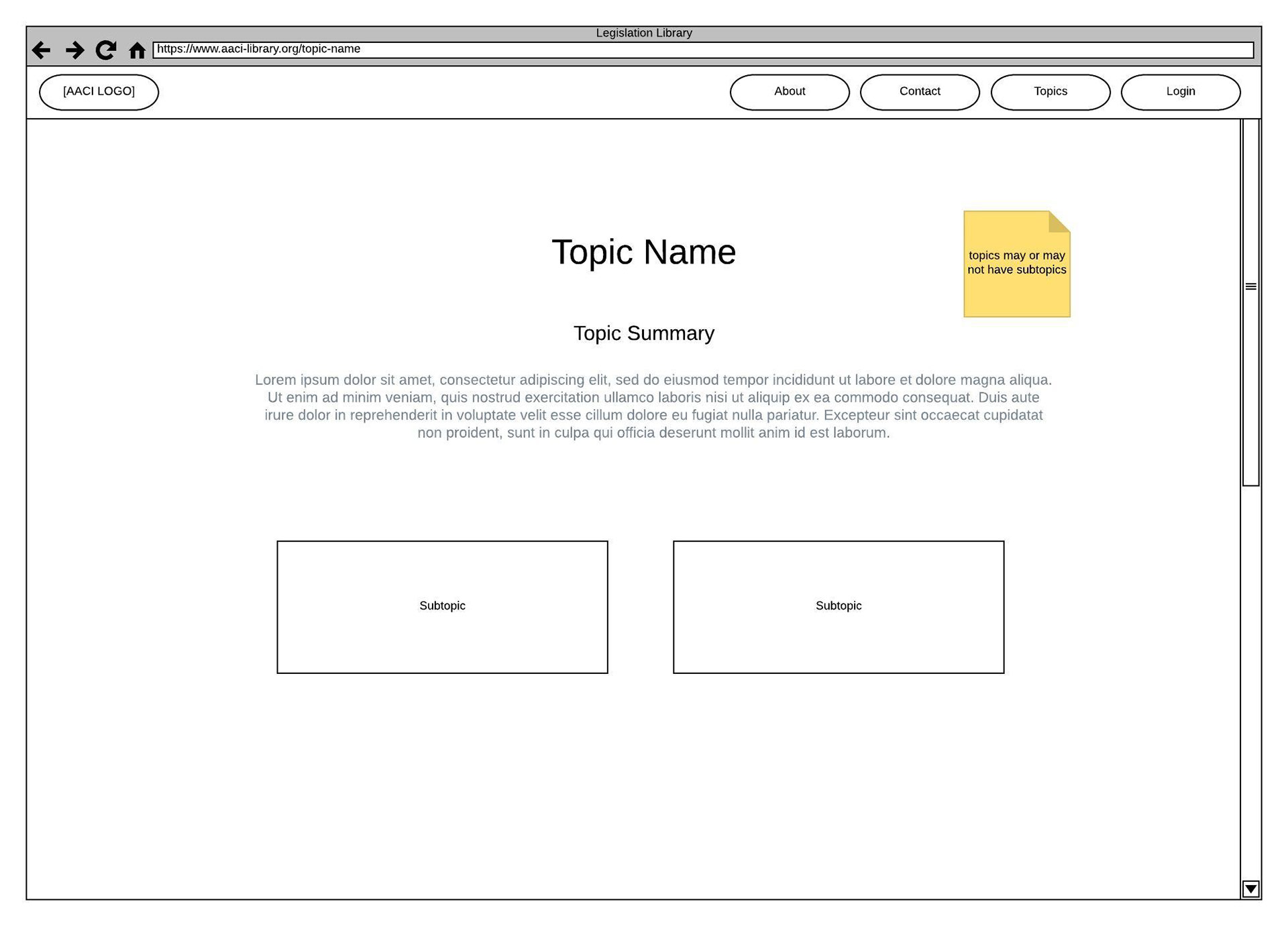
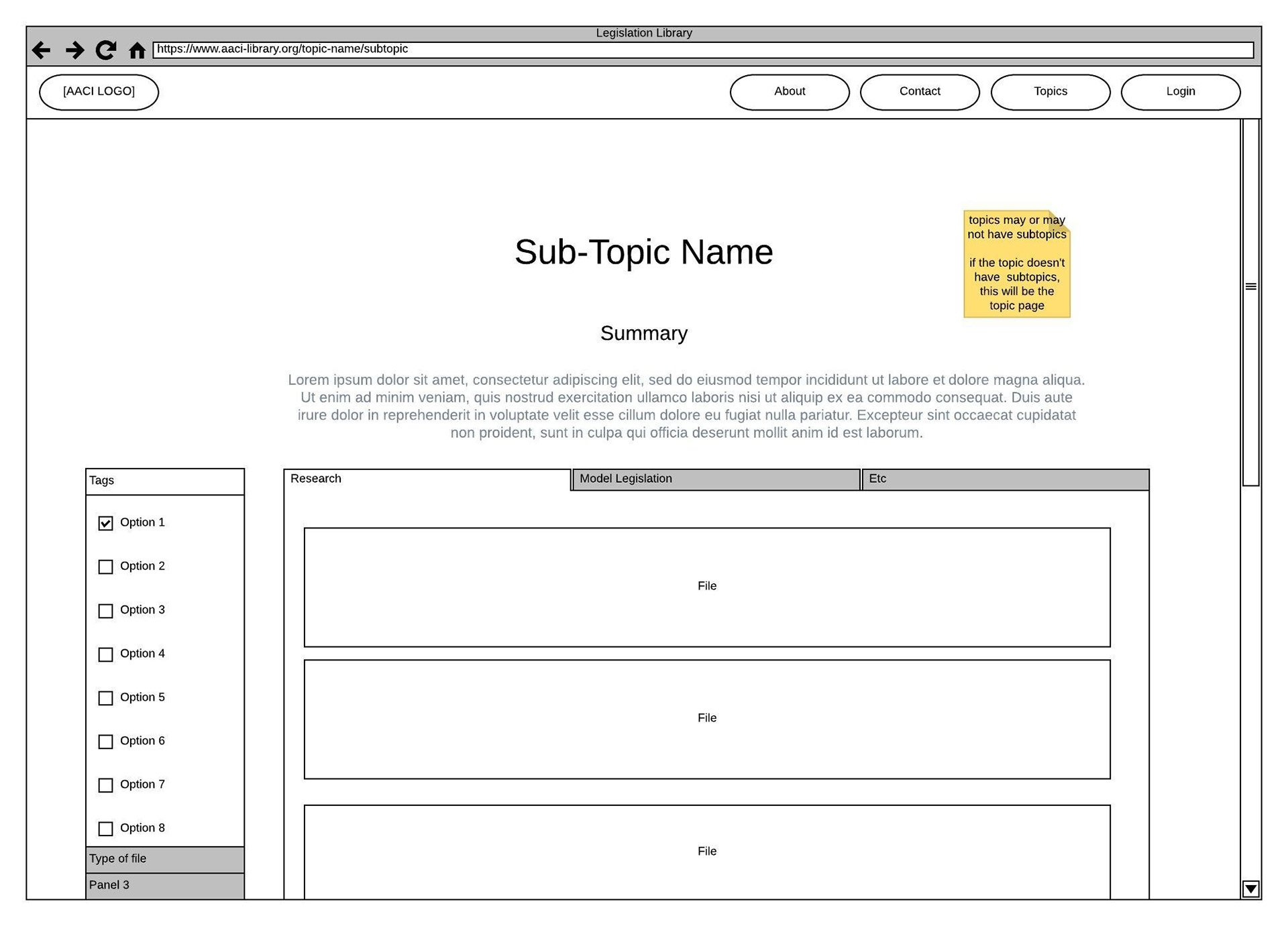


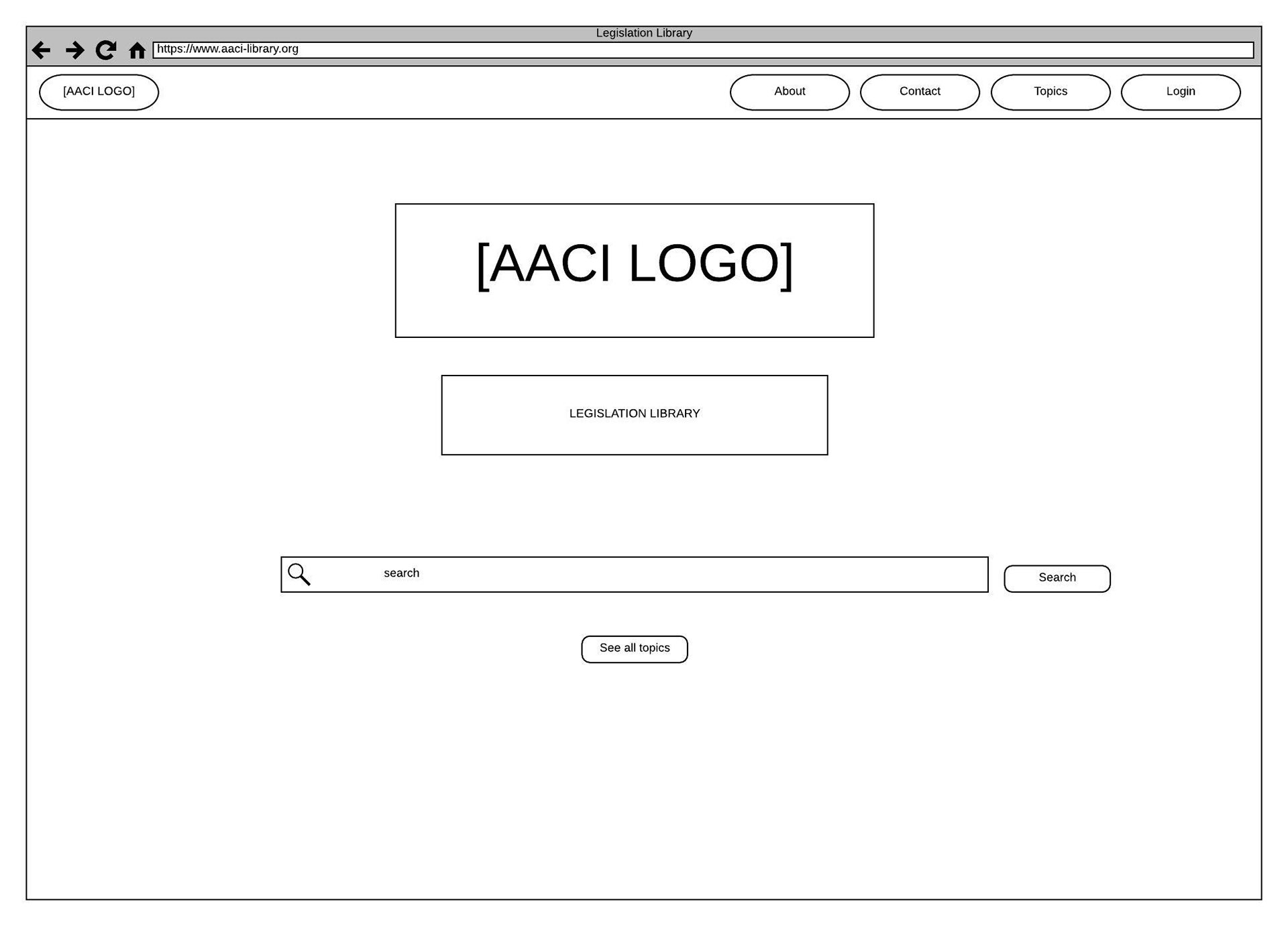


Mid-Fi Wireframes
In this stage of wireframing, I was able to simplify the way search index pages were organized, as well as work on spacing in the pages. This helped the client partners as well as executives see a more realistic version of what the site would look like. After this stage, we decided to start working on a minimum viable product for the sake of time, as the end of the semester was creeping up on us.
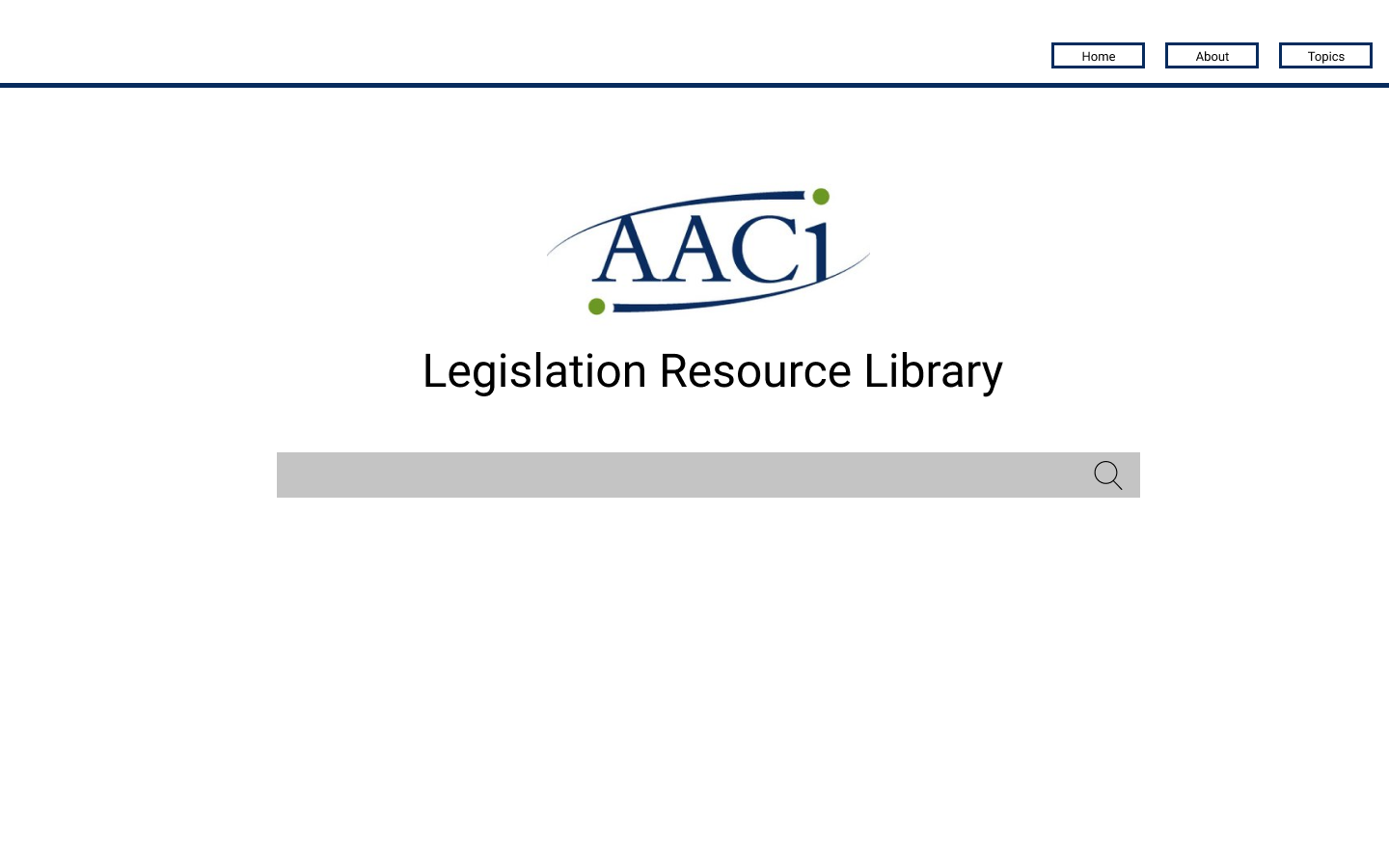
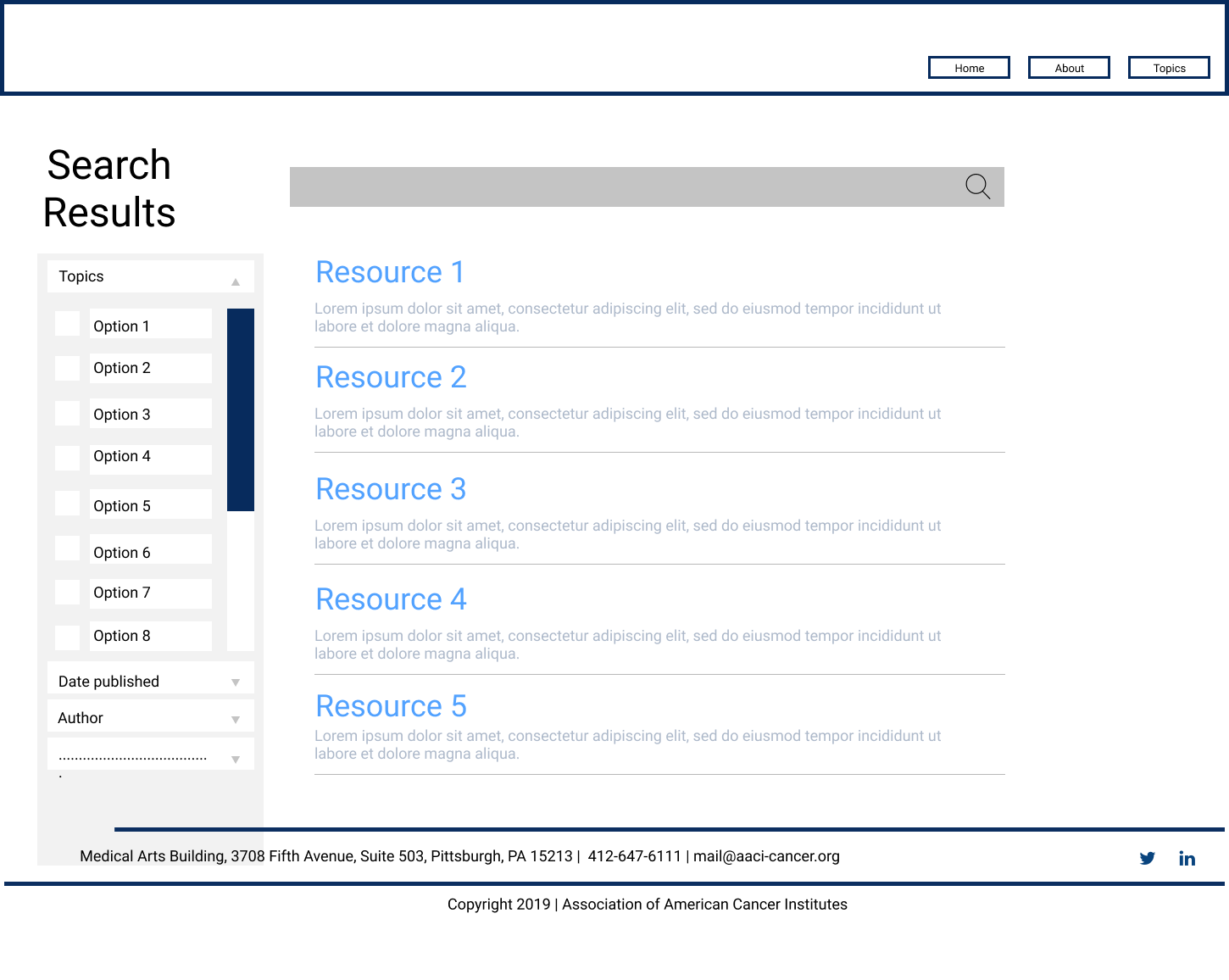



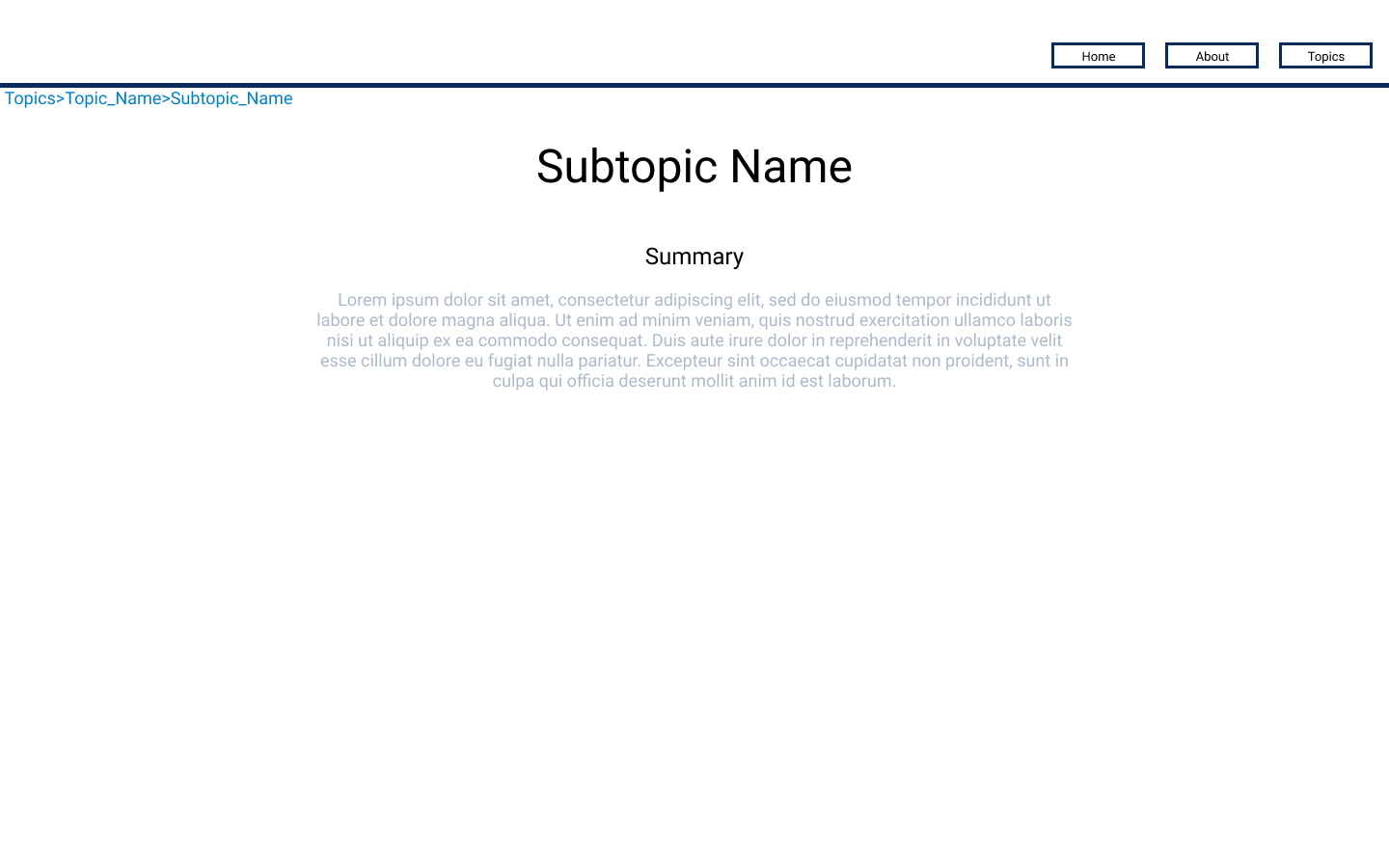
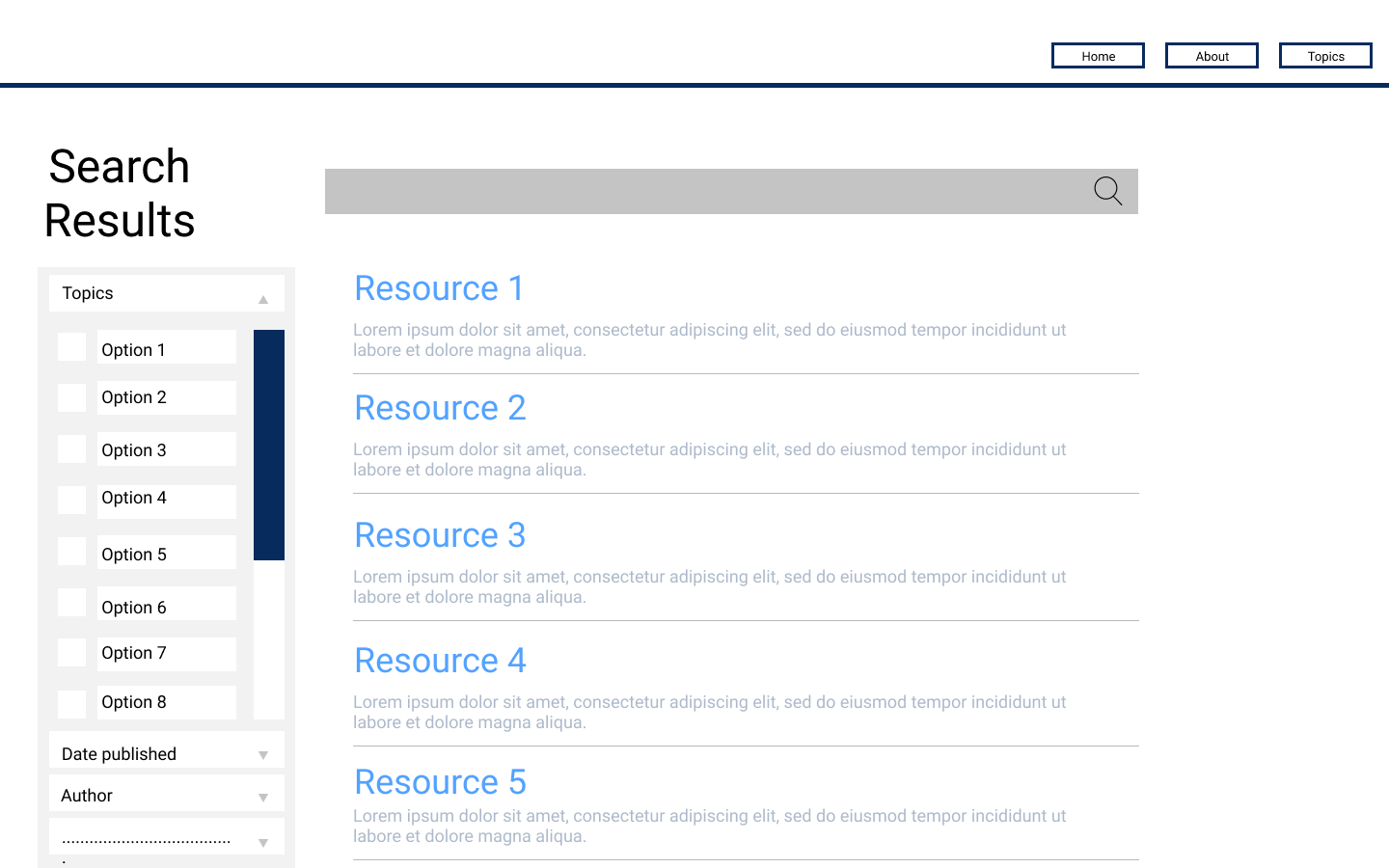
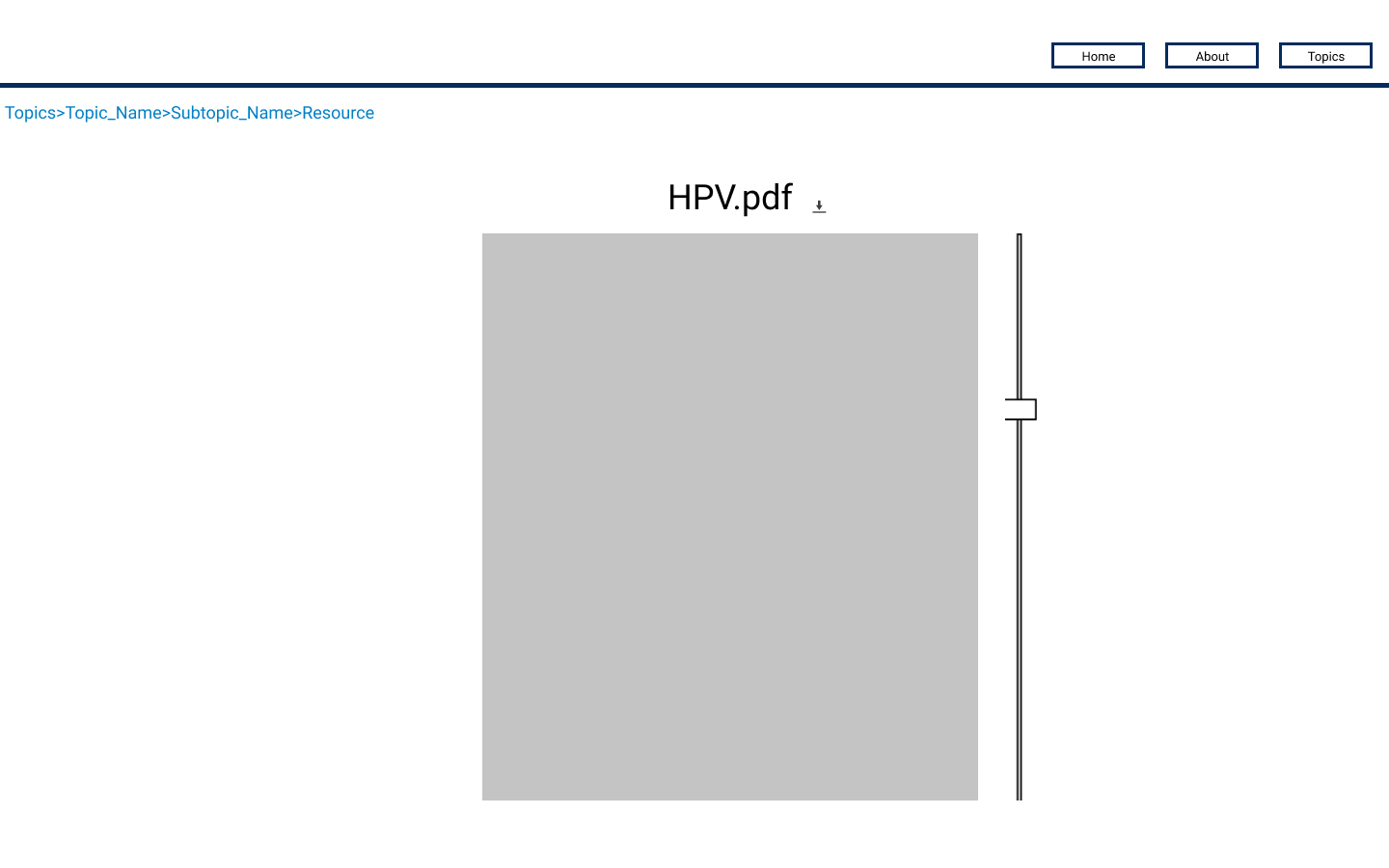
Dev + Testing
Using Craft
Erika, our main developer, did an amazing job setting up CraftCMS. We were able to gain access to the HTML/CSS from the AACI main website, which aided us in the front end implementation of the site. We also needed to design the admin side of the site to be simple to understand so that a non-technical person could add resources to the resource library.
Our team implemented the front end together using Twig, a PHP template that allowed us to display real time resources from the database.
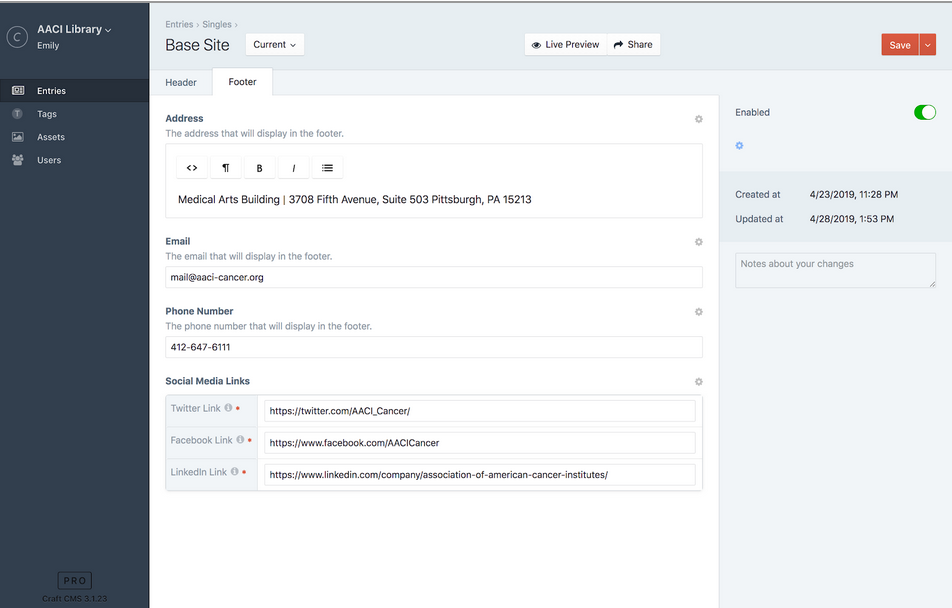
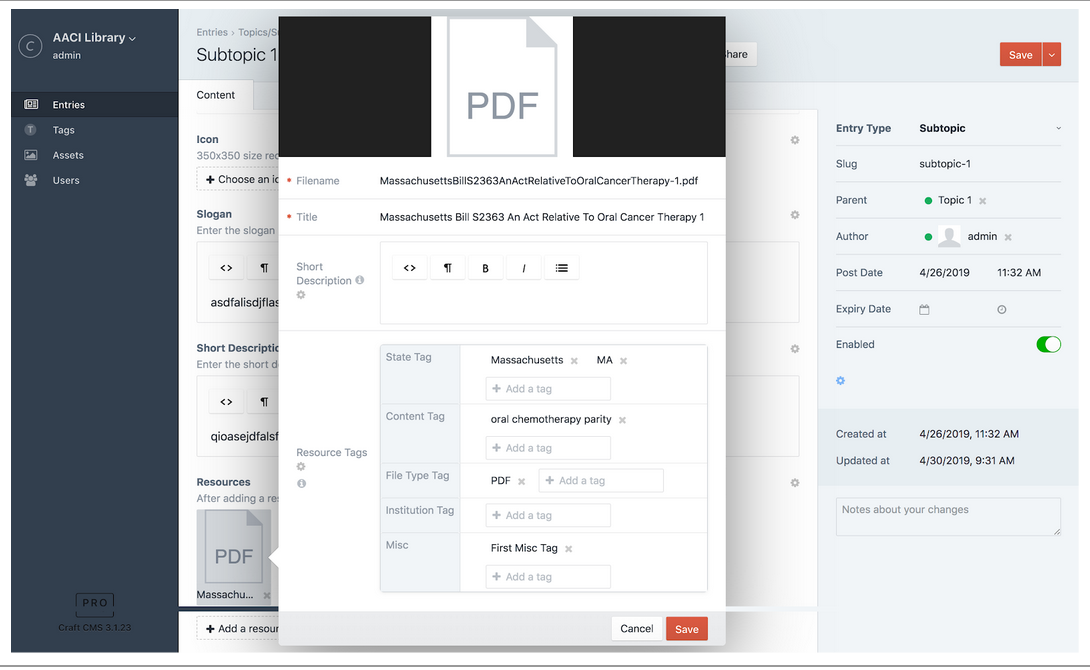
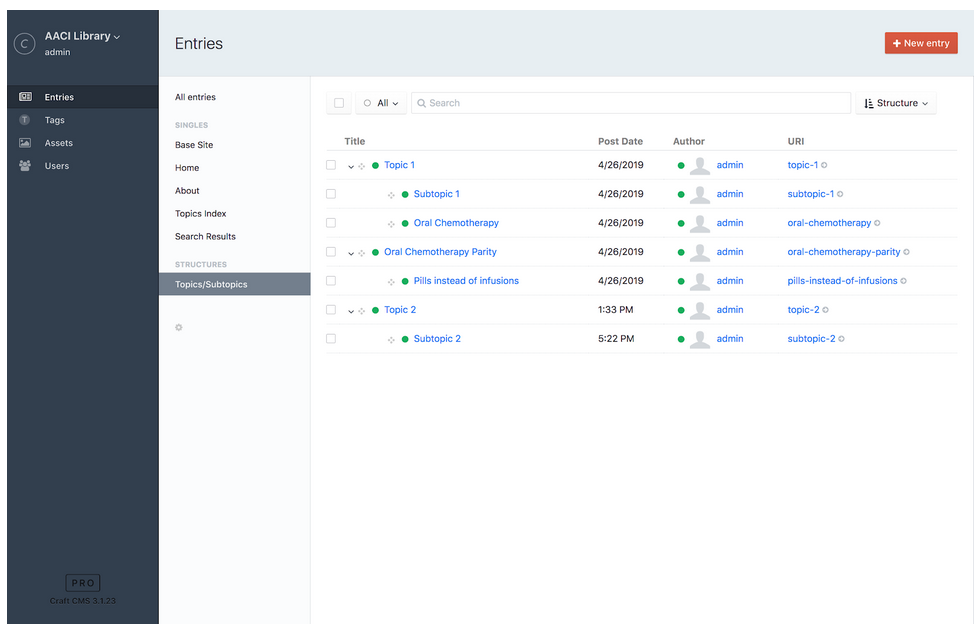
User Testing
After implementing the MVP, I conducted user testing with paragon users for the website, 4 general AACI employees, one of which specialized in cancer legislation, and 2 admin users. I designed 5 tasks for each type of user based on the original user stories, and we took the
After testing the users, I compiled a Usability Aspect Report and found a lot of interesting insights, such as:
The word “Topics” was confusing for users when they were looking for resources, so we decided to changed it to “Browse”
Once we implemented some minor changes based on the user testing, we were ready to create documentation and work on the final deliverables
Final Product
After a challenging but rewarding 15 weeks, we handed over our “Version 0” of the AACI resource library, with documentation available for future developers to work on it. For the course we compiled a final report and presented to the rest of the consulting teams during Finals week.


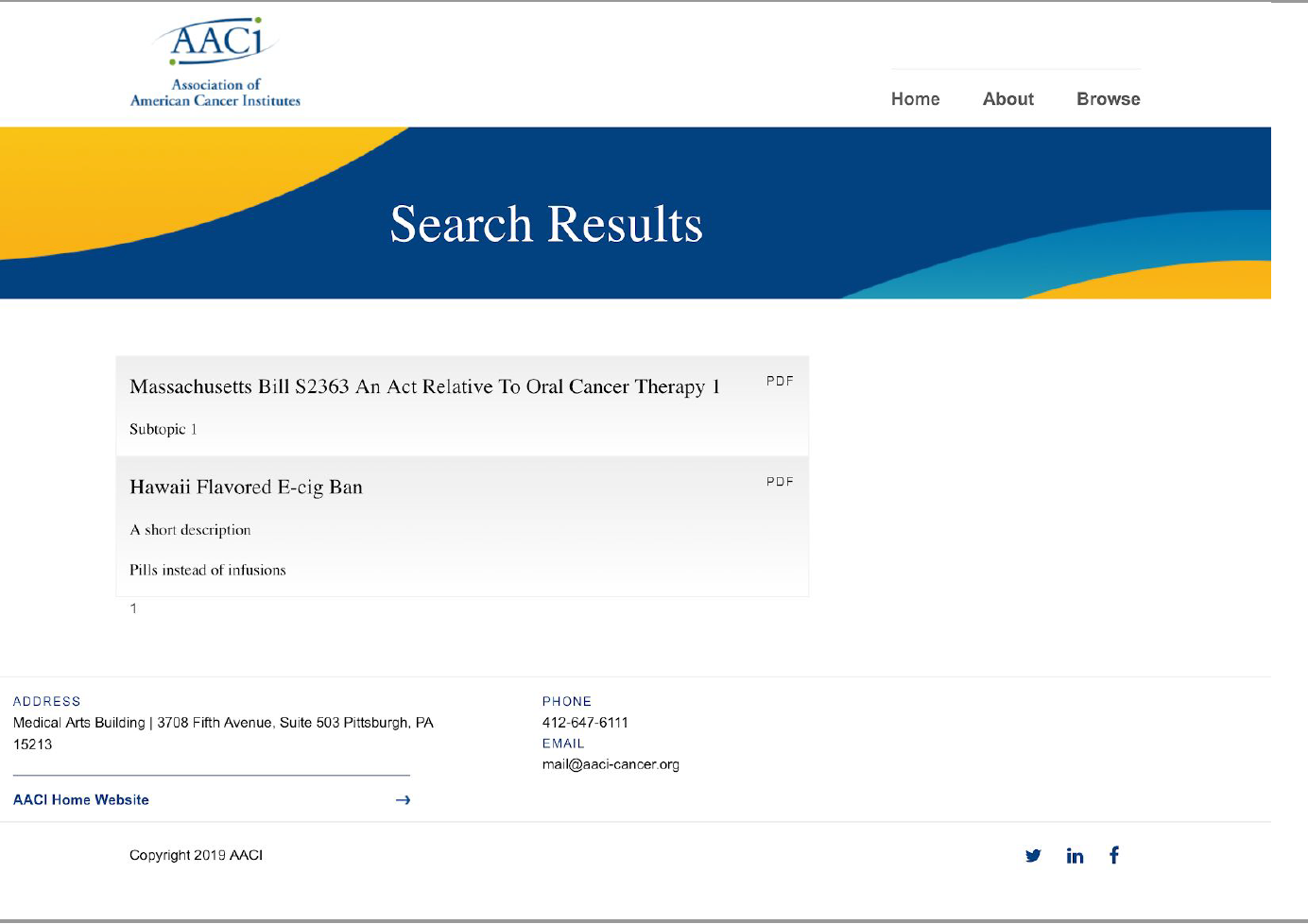

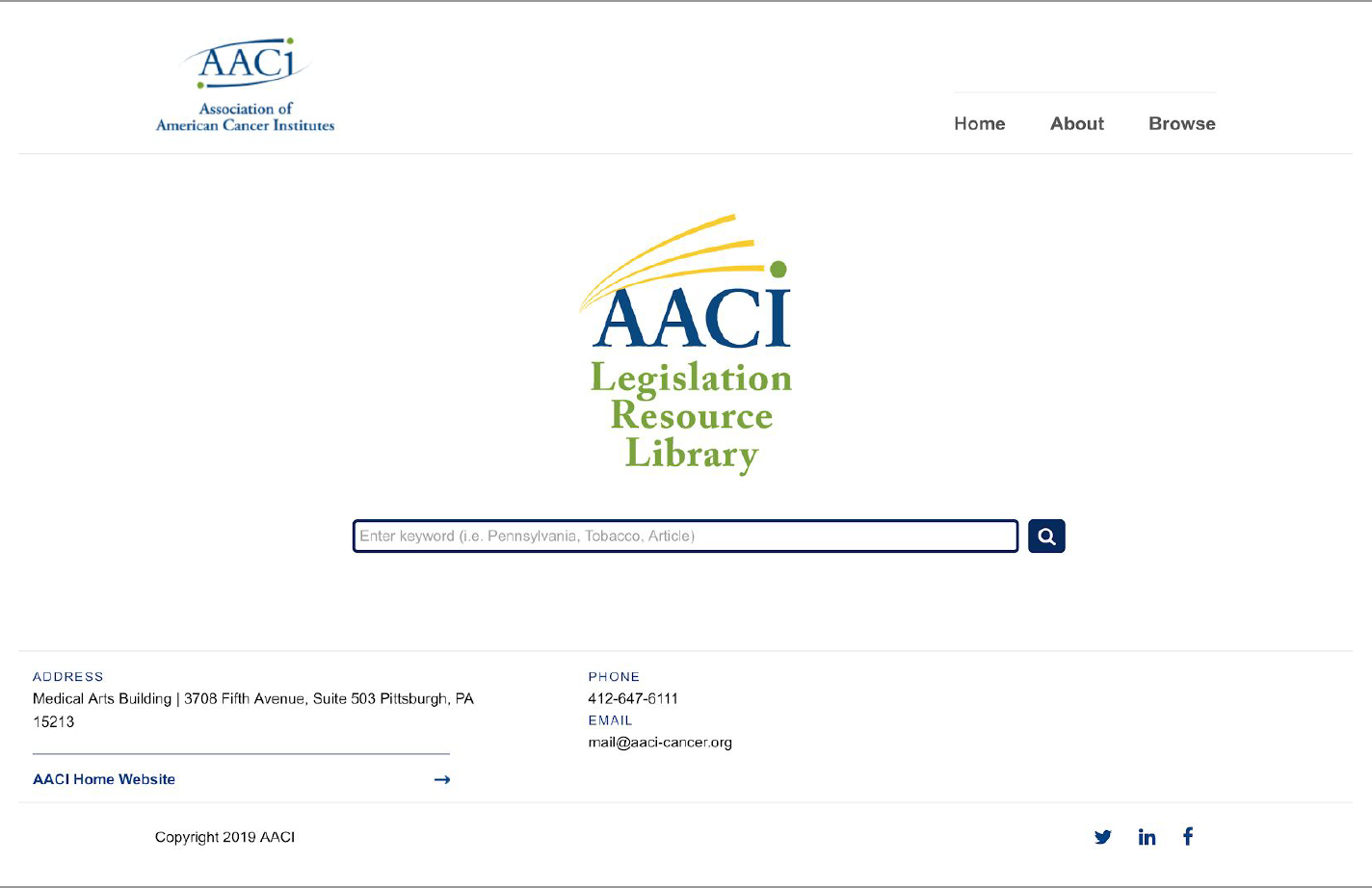
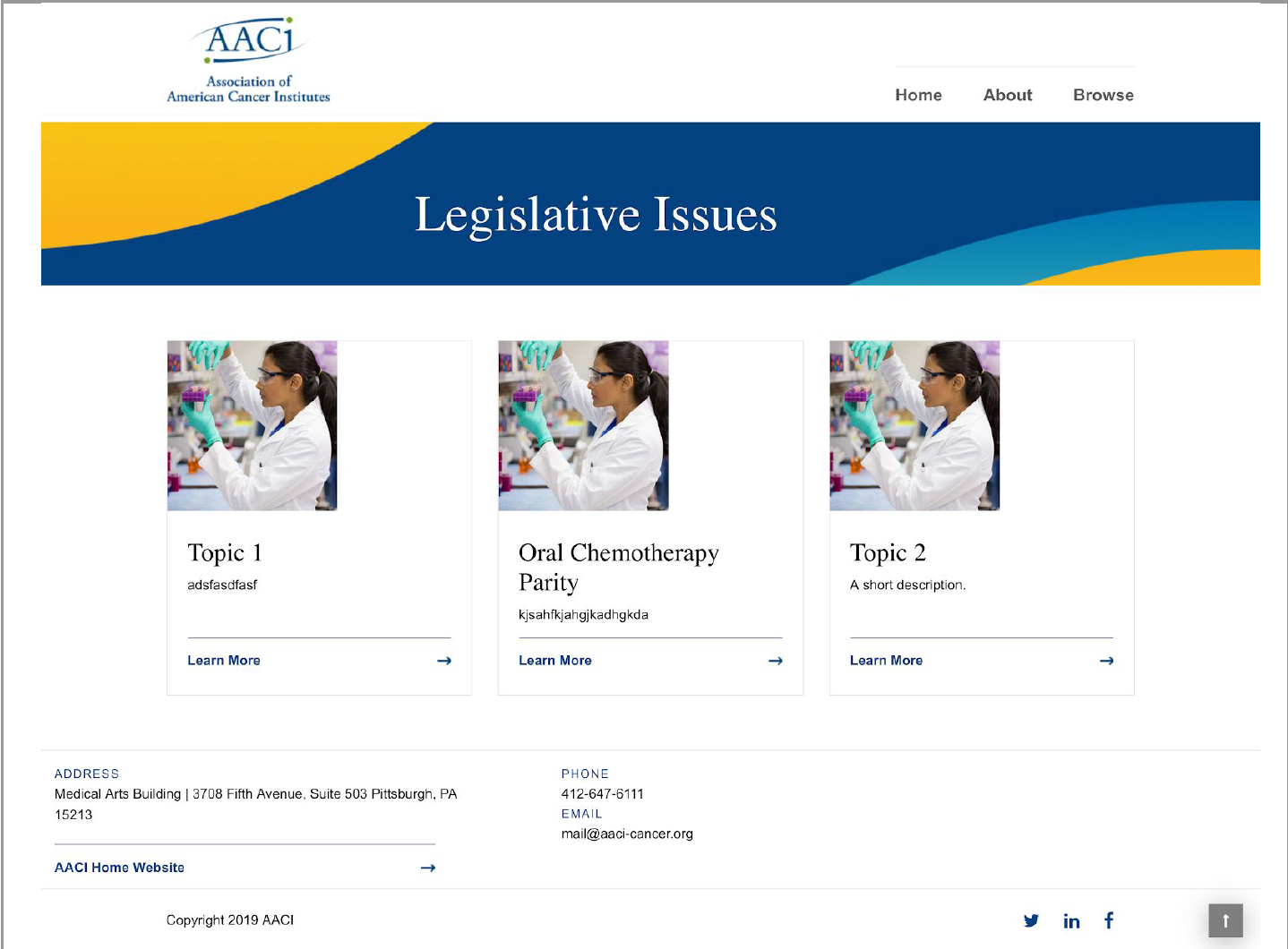
Reflection
team photo after final presentations (excuse my post wisdom tooth extraction cheeks)
This course really pushed me and my team to develop our communication, organization, and problem solving skills. I was able to see how a consulting project is conducted from beginning to end. As the only team member with design experience, I spearheaded the initial design of the product and relayed my knowledge to my teammates so that we could work collaboratively.
I also learned a lot about teamwork. This was my first full semester project, and I appreciated the diversity in our team. Maya was an excellent product manager and Erika was an amazing developer. I was in awe of their work ethic and it motivated me to work harder as well.
Finally, our team had a great client, who we met with consistently every week. They treated us as equals and were genuinely interested in the project. I now know to hold others to this standard of respect when working on projects on the future.
I always tell people how much I love my major, and this course and project is a highlight of my college career. I can’t wait to use what I’ve learned here in new projects.



